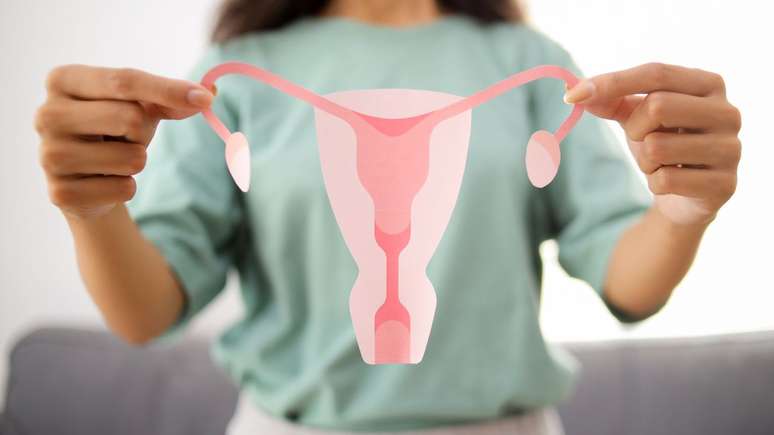Understand the signs and symptoms of endometriosis, a disease that can affect women’s quality of life
Endometriosis is a gynecological condition characterized by abnormal growth of endometrium cells (tissue that covers the interior of the uterus) in other places of the body. Despite being a benign disease, it can cause intense pain, bleeding and even infertility, affecting directly on the health and well -being of women.
How does the endometriosis check?
During the menstrual cycle, the endometrium thickens to receive a possible embryo. When there is no fertilization, this fabric is eliminated in menstruation. In endometriosis, however, the fragments of this tissue develop outside the uterus – in organs such as ovaries, tubes, bladder or intestine. As in the uterus, these outbreaks respond to hormones, causing inflammation, internal bleeding and scar formation.
More common symptoms
The intensity and frequency of symptoms vary from women to women, but the most reported signs are:
- Abundant menstruation or bleeding outside the period;
- Constipation, diarrhea or pain during evacuation;
- Abdominal swelling, nausea and excessive tiredness;
In some cases, however, endometriosis can be asymptomatic, which makes diagnosis difficult. It is estimated that up to 7% of women have the disease, being more frequent between 25 and 35 years. In addition, according to data from the Ministry of Health, the disease can take up to 7 years to discover.
Some elements may increase the possibility of developing endometriosis, such as: family history, early early menstruation (before 11 years), short menstrual cycles, intense flow, late late pregnancy, anatomical changes in the reproductive system, low -body mass index and high trans consumption.
When pain becomes art
At 32, the visual artist Marcella Benita Maksoud He started to feel intense pelvic pain that went well beyond the “normal” during the menstrual cycle. For years, he felt he was “common colic” or “emotional problem”. He has gone through several experts, inconclusive exams and palliative treatments – until he received the diagnosis of endometriosis. “It was like putting a name in something that had been part of me a long time ago, but nobody seemed to see”Remember Marcella.
The discovery did not end the pain, but has opened the way to something new: the desire to transform this experience into an artistic language. So the House at homea free installment exhibition that occupies a space in Italian BibiIn San Paolofrom 14 August to 6 September.
The project brings together copyright works, sensory experiences and conversation wheels that explore not only endometriosis, but also the health of women and multiple meanings of the female body. One of the highlights is the Luna project, which faces menstrual poverty with poetic and social force. “I wanted to create a space in which art could help resign from endometriosis, not only as a disease, but as a human experience that deserves to be listened to by delicacy and depth.”Marcella says.
How is the treatment of endometriosis?
The accompaniment should always be performed by a gynecologist. The options include: medicines (to relieve symptoms and control the advancement of diseases); Lifestyle changes (balanced diet, physical exercise and follow -up psychological, which help to reduce the impact of chronic pain); and surgical interventions (in the most serious cases to remove the outbreaks from the disease or correct anatomical changes).
Endometriosis is a disease that can compromise the quality of life. Therefore, it is essential not to ignore persistent symptoms, in particular intense menstrual cramps that do not improve with common painkillers. If you identified yourself with the signs described, ask for medical advice. Early diagnosis is the first step for effective treatment.
Source: Terra
Ben Stock is a lifestyle journalist and author at Gossipify. He writes about topics such as health, wellness, travel, food and home decor. He provides practical advice and inspiration to improve well-being, keeps readers up to date with latest lifestyle news and trends, known for his engaging writing style, in-depth analysis and unique perspectives.



-sl6oy2p06omu.png)



![Such a great sun in advance: Elizabeth’s Terrible Accidental Victims … which Waiting for You Week until August 25, 2025 [SPOILERS] Such a great sun in advance: Elizabeth’s Terrible Accidental Victims … which Waiting for You Week until August 25, 2025 [SPOILERS]](https://fr.web.img6.acsta.net/img/d0/c4/d0c4d9256b5997c98008a65d7a43177e.jpg)
